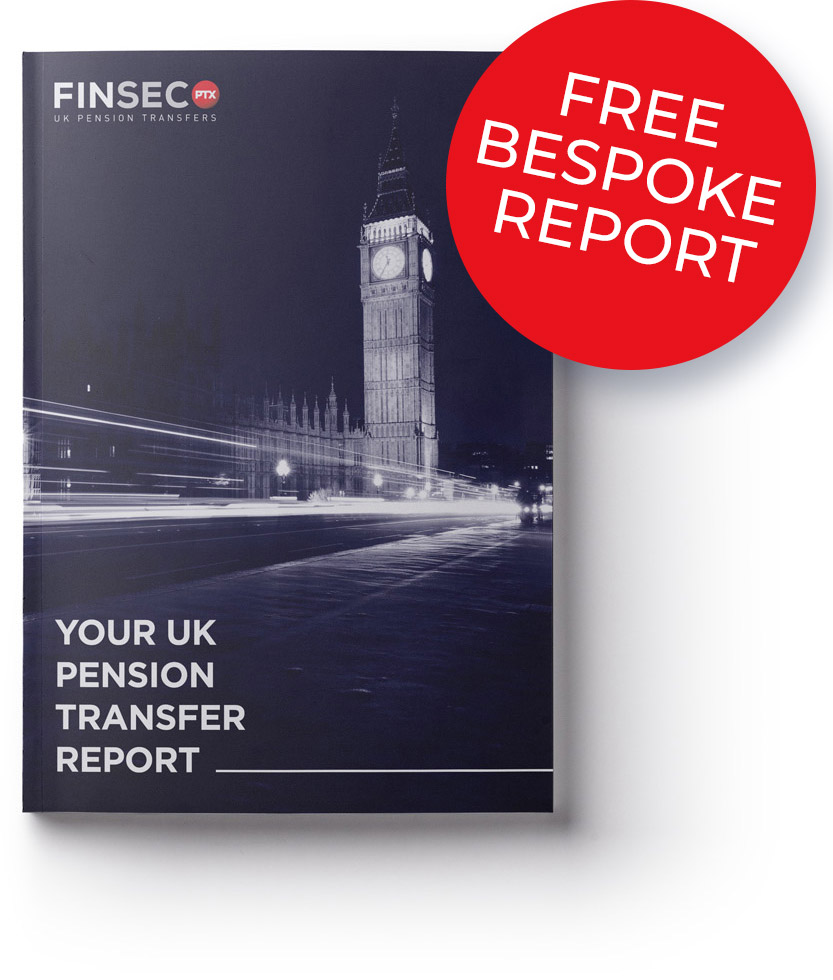Disclaimer
Information provided on this website is general in nature and does not constitute financial advice. Every effort has been made to ensure that the information provided is accurate. Individuals must not rely on this information to make a financial or investment decision. Before making any decision, we recommend you consult a financial adviser to take into account your particular investment objectives, financial situation and individual needs.
So What is a Defined Benefit (DB) Transfer?
Firstly, a Defined Benefit pension is an investment vehicle that was often used as a recruitment tool, usually funded by contributions from both employer and employee and provides a number of benefits upon retirement that are promised by the employer.
A Defined Benefit transfer is the name given to the process of transferring the value of this pension into another HMRC registered pension scheme to achieve greater investment freedom for your savings.
When a transfer value is calculated, it is based on how much it would cost the scheme’s Trustees to buy an annuity capable of providing an income and any benefits that your scheme would provide in retirement.
The value is calculated by the scheme actuary who follows pre-determined guidelines based on how many years you have left before retirement, your personal circumstances, the level of pension you were entitled to at the point your employment ended, average life expectancy and potential returns your investment could yield.
You may have noticed the use of words such as potential and average, this is because the transfer value is determined on actuarial principles, which requires standard assumptions to be made about your future as well as the performance of the scheme itself.
Transfers from Defined Penefit Pensions are all, or nothing. You can’t do partial transfers.
Why is this important? It has to do with the Australian super contribution caps.
If the Cash Equivalent Transfer Value (CETV) at the date you first became resident for tax purposes, of your UK-defined benefit pension is going to push you over these caps, you will need to have “other arrangements” put in place.
You may need to have a SIPP (Self-Invested Personal Pension) set up for you in the UK, to allow a full rollout from your Defined Benefit scheme, and use this as a holding fund to allow your transfer to an Australian QROPS (Qualified Recognised Overseas Pension scheme) super fund to be done in tranches, to comply with Australian super contribution caps. The SIPP will have to follow a particular process to ensure all future tranches can still be taxed at a maximum of 15% from within the fund.
Other Considerations
Has your scheme commenced paying a pension?
If it has, a transfer may not be possible.
Most Defined Benefit schemes have a commencement age of 60 or 65, but if they haven’t commenced, there’s still a good chance of a transfer.
How long have you been in Australia (with the intention to stay)? And, how long were you a member of the UK scheme?
This is how the taxable portion is worked out. The “growth” component (since you came to Australia) is not counted as a non-concessional super contribution (therefore the amount allowed is unlimited), but can be taxed in the fund at 15%. The original amount is counted as an NCC (Non Concessional Contribution), and not taxed.
